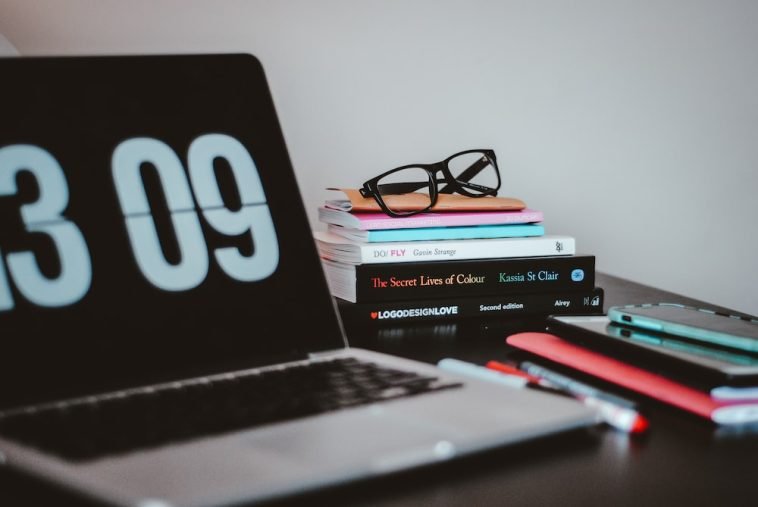Introduction.
If you’re looking to dive into the world of freelancing, chances are you’ve thought about using Photoshop to help you stand out.
After all, Photoshop is one of the most powerful tools for creatives, from graphic designers to photographers, marketers, and more.
But how do you use Photoshop for freelancing? What are the best ways to build a steady income using your Photoshop skills?
That’s exactly what I want to explore in this guide. I’ll break things down step by step to help you figure out how to use Photoshop to build your freelance career.
I’ll talk about how to learn the basics, find clients, and how you can turn those skills into a profitable business.
Plus, I’ll answer some common questions and provide tips along the way to help you get started and stay on track.
Let’s dive in!
Why Photoshop?
First off, let’s chat about why Photoshop is such a great tool for freelancing. Photoshop isn’t just for photographers or people who want to edit photos—it’s a versatile tool that can be used for all sorts of projects, like:
- Logo design
- Social media graphics
- Web design elements
- Marketing materials (flyers, brochures, etc.)
- Photo editing and retouching
- Illustrations and digital art
- Product mockups and presentations
That’s just the start. Photoshop is one of those tools that works for nearly any creative freelance business, and the best part is that there’s always something new to learn.
As the world of design and marketing keeps evolving, new opportunities arise, and Photoshop helps you stay relevant.
Now, let’s look at how you can turn your Photoshop skills into freelance work.
How Do I Use Photoshop For Freelancing?
Step 1: Master the Basics of Photoshop
Before you start offering your services, it’s important to get comfortable with the software.
Photoshop has a lot of features, and it can feel overwhelming at first. But trust me, it’s worth investing time in learning the fundamentals.
Here are a few key things to focus on when you’re just starting:
- Layers: Layers are the building blocks of your design. They allow you to work on different elements without messing up the whole image. Learning how to manage layers is crucial.
- Selection Tools: Mastering selection tools, like the lasso or magic wand, will help you cut out images, remove backgrounds, and create clean designs.
- Text Tools: Whether you’re making logos, flyers, or social media posts, knowing how to work with text is essential. Learn how to manipulate fonts, align text, and add effects.
- Adjustment Layers: These layers let you adjust colors, brightness, and contrast without altering the original image. It’s key for photo editing and design work.
- Brushes and Filters: Photoshop’s brushes can be used to add texture, paint, or even draw. Filters help you enhance images or add special effects.
Step 2: Build a Portfolio
Once you’ve got a handle on the basics, it’s time to build your portfolio. A strong portfolio is the best way to show potential clients what you’re capable of.
And while you might not have paid projects at first, that’s okay. You can create mock designs to showcase your skills.
Here’s what you should include in your portfolio:
- Diverse Work: Show a variety of projects so clients can see that you can handle different types of work. For example, if you’re a graphic designer, include logos, social media graphics, and print materials.
- High-Quality Images: Make sure the images you showcase are top-notch. Avoid showing low-res or poorly edited work.
- A Personal Touch: Include a little bit about yourself and what you can offer. This helps clients connect with you on a personal level.
If you don’t have clients yet, you can always start by creating designs for fictional businesses or redesigning existing logos and websites to demonstrate your abilities. A good portfolio can be the difference between landing a project and losing out.
Step 3: Find Freelance Opportunities
Now that your portfolio is ready, it’s time to find some work. As a freelancer, you’re responsible for finding your clients. Here are some ways to get started:
- Freelance Websites: Platforms like Upwork, Fiverr, and Freelancer can help you find clients who need Photoshop work. Start by offering services at a competitive rate to build up a client base.
- Social Media: Use platforms like Instagram, LinkedIn, and Behance to share your work and connect with potential clients. Many freelancers have found success by showcasing their designs on Instagram and tagging the right businesses.
- Networking: Word of mouth is one of the best ways to find clients. Ask friends and family if they know anyone who needs design work, or reach out to local businesses and offer your services.
- Cold Emailing: While this might seem a bit daunting, sending a simple email to a company or individual you admire can lead to opportunities. Just introduce yourself and explain how you can help them with design projects.
Don’t get discouraged if you don’t get a job right away. The freelancing world can be competitive, but persistence is key.
Keep building your portfolio, stay active on social media, and keep reaching out to potential clients.
Step 4: Set Your Rates
As a freelancer, it’s important to know how to set your rates. This can be tricky at first, but once you figure out what your time and expertise are worth, it will get easier.
When starting, you may want to charge lower rates to attract clients and gain experience. But don’t undervalue your work! As you build your reputation and get more clients, you can gradually increase your rates.
Here are some general tips on pricing:
- Hourly Rate: If you’re just starting, you might want to charge an hourly rate. A good starting point is anywhere from $20 to $50 an hour, depending on your experience and location. As you gain more experience, you can raise your hourly rate.
- Project Rate: Many freelancers charge a flat rate per project, such as $150 for a logo design or $500 for a complete website layout. This way, clients know exactly what to expect.
- Retainers: If you have repeat clients, consider offering a retainer, where they pay you a fixed amount each month for a set number of hours or services.
Don’t be afraid to adjust your pricing as you gain more experience. You can always ask other freelancers in your niche to see how their rates compare, but be mindful of your own skill level.
Step 5: Deliver Great Service
Once you land your first few clients, it’s time to focus on delivering great results. Keep communication open, meet deadlines, and always ask for feedback.
If you’re serious about growing your freelance business, providing excellent service will keep clients coming back.
Here are a few tips to help:
- Be Responsive: Reply to emails or messages quickly. Clients appreciate a freelancer who is easy to communicate with.
- Meet Deadlines: Always deliver your work on time. If you need more time, let the client know in advance.
- Ask for Feedback: Don’t be afraid to ask clients for feedback. It helps you grow as a designer and ensures that you’re delivering what the client wants.
FAQs
1. How long does it take to learn Photoshop for freelancing?
It depends on how much time you can dedicate to learning. If you’re new to Photoshop, it might take a few months to get comfortable. But don’t rush it—take your time to learn and practice!
2. How do I find clients for Photoshop work?
You can find clients through freelance websites, social media, networking, and cold emailing. Build a portfolio to showcase your skills, and be persistent!
3. Can I use Photoshop for freelance photography?
Absolutely! Photoshop is a great tool for photographers. You can use it for retouching, enhancing colours, and creating stunning effects.
Conclusion.
Photoshop is an incredible tool that can help you build a successful freelancing career. By learning the basics, building a solid portfolio, finding clients, and delivering excellent service, you can turn your Photoshop skills into a steady stream of income. It may take time, but with dedication, the opportunities are endless.
So, are you ready to start using Photoshop for freelancing?





GIPHY App Key not set. Please check settings